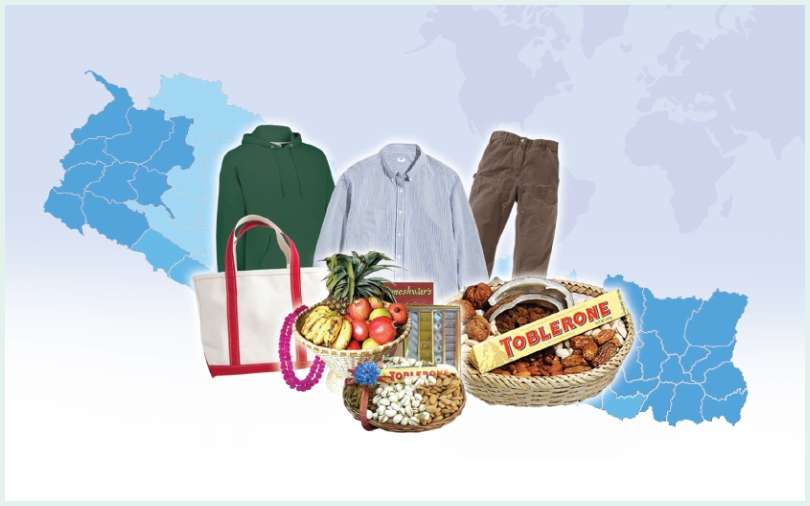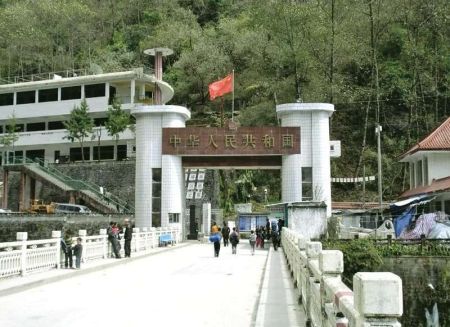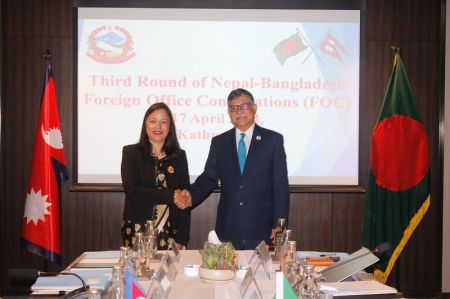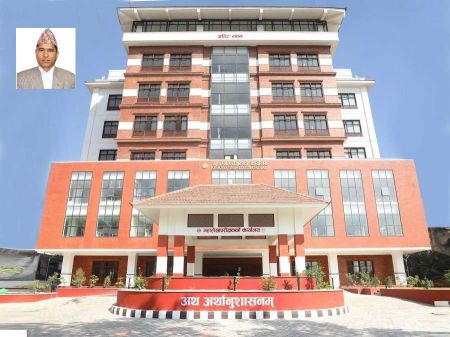In an import-oriented economy like Nepal, consumption during festivals is destined to increase imports.
--BY KRISHNA RAJ BAJGAIN
Indian business daily The Economic Times wrote in its online edition on October 21 that total business during the Diwali festival is worth 25 trillion Indian rupees or $30.20 billion. As this business is mostly of products of Indian industries, Diwali is taken as a boon for the Indian economy. But the scenario of Nepal is quite different. In an import-oriented economy like Nepal, consumption during festivals is destined to increase imports.
In Nepal, market demand increases considerably during festivals like Dashain and Tihar. In addition to religious performance, cultural values, conspicuous consumption and superstitious belief create extra demand during the festival season. The festival expenses made by the upper class of society become an established culture for the lower classes and consumption related to the festival gradually appears as mandatory consumption. To meet the festival needs, people are forced to sell their inherited property, take loans and buy stuff on credit at a higher price. There has been a significant increase in festival-related consumption over the past few years, as evidenced by the hustle and bustle of the market during the festival season which is purely dependent on imports.
The following reasons are responsible for the skyrocketing increase in festival-related consumption over the decades. First, in the context of the weak industrial base within the country, such consumption is heavily dependent on imports which is purely induced by the inflow of remittances. One member of the family earns in a foreign land and sends his earnings home in the form of remittance. Other members of the family spend the money. Those, who do not earn but have the right to spend, usually become addicted to extravagant purchasing.
Festivals have a national character. The country's geography, tradition and production base establish the original character of the festivals. The size and frequency of consumption is determined accordingly. Observing festivals based on locally available resources has been an eternal tradition. For example, olive oil is considered sacred in the Middle East, while sesame oil is highly important in the Hindu tradition in South Asia. The forefathers had established the system of performing such works at a minimum cost by focusing on locally available materials for religious performance.
Contrary to the well-established tradition of performing religious activity based on locally available resources, a nexus can be seen developing among the nouveau riches, the religious persons and the traders to maximise the expense during the festivals. These three classes have been extending the checklist of expenses incurred during the festival every year. During the Bhai Tika celebration, instead of offering Setl Roti wrapped in leaf plates, sisters are offering brothers walnuts imported from the US, Tanzanian cashews, Afghani raisins, Indian coconuts, Malaysian betel nuts, Bengali betel leaves, Raymond cloth from India, Chinese comb and Ukrainian oil. Some nouveau riches have started to hire event managers to decorate the area where the tika is offered. If this situation continues, it should not be surprising if banks and financial institutions announce special loan offers called Bhai Tika loans within some time. The tradition of using one-coloured Tika has been replaced by seven-coloured Tika. Copper vessels are being replaced by silver ones in the worship room.
If such items were produced within the country, such activities could be considered justifiable to a certain extent. As the list of items needed during the festival is increasing geometrically every year, it is all based on purely imports. It is obvious that such activities are corroding the originality of the festivals, promoting extravagant consumption and, in essence, worsening the country's trade deficit.
As a result festivals of Nepal have become the means of commercial interests that abets consumption based on emotional panics. Instead of being a means of promoting religion, enhancing rituals, and protecting and promoting culture and tradition, conspicuous consumption in festivals is corroding the religious aspects of the festivals.
In view of the above aspects, it is necessary to take institutional initiatives from both the economic and religious sectors to control extravagant consumption during festivals. To minimise extravagant imports enticed by festivals, the government should issue a list of items used in the festival. Just as there is a provision in civil law to control extravagant spending in weddings, it is also imperative to have a legal provision to control such spending during festivals. For example, if it is possible to make a legal arrangement that only Sel Roti can be offered during Bhai Tika, it will surely control the import of large chunks of dry nuts which has been brought in by the new elite class in the past few decades. With such provisions, the festival retains its originality and becomes inclusive so that the lowest rung of society has respectful access to participate in such festivals. Priests, who perform religious functions, also have an important role in controlling extravagant spending during festivals. For some time now, the list of worship materials required for religious activities is getting longer and more expensive. So it has been necessary to make it shorter and cheaper to maintain the originality of such festivals practised by our great ancestors. It is also very necessary for organisations that regulate their respective religions to issue a code of conduct to control ostentatious consumption during festivals and other religious performances.
If the aforesaid suggestions are implemented with due attention, it will certainly make a significant improvement in the country's trade balance by decreasing ostentatious and flashy consumption and tied selling that are happening in the name of festivals. In particular, the import of vegetables, fruits, spices, cooking oil, cosmetics, decorative lamps, clothes, ready-made garments, umbrellas, shoes, mirrors, bangles, pots, tika tikuli, candles, sugar, incense sticks, jaggery, sweets, chocolates etc are expected to decline. In addition to this, it is very important to pay attention to establishing new industries, and enhancing and upgrade existing industries focused on festival-related consumption.






















